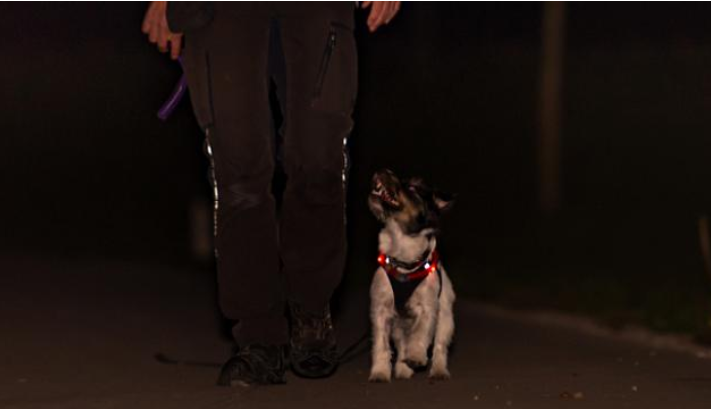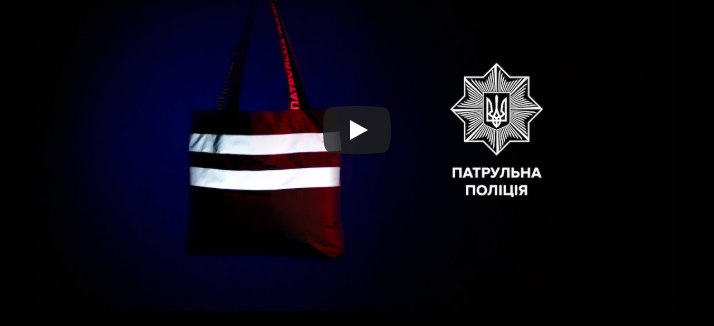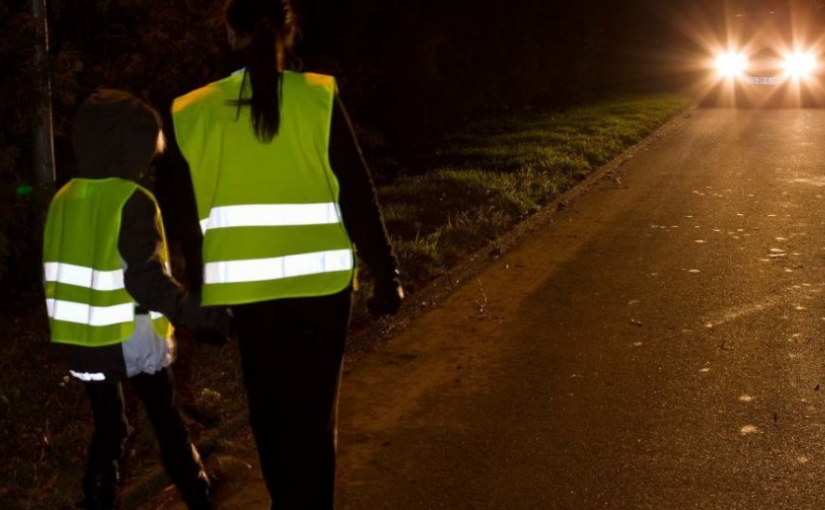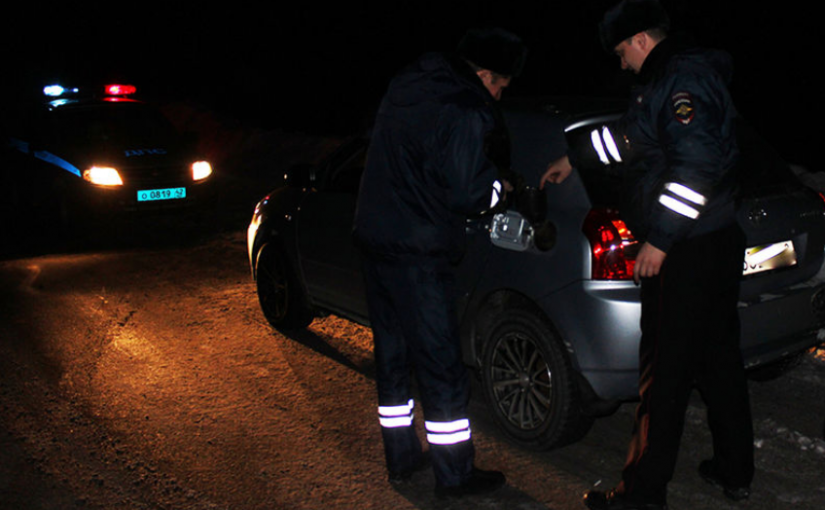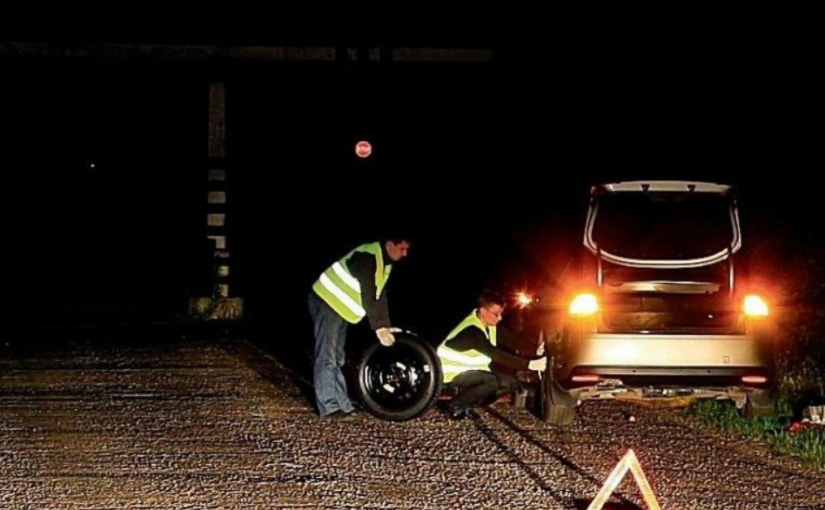Far more animals than so far lost their lives in traffic. Now insurance company calls to make the animals visible in traffic.
Animals that run freely can be extremely difficult to see in the dark for Danish motorists.
That is why the insurance company Agria Pet Insurance now calls for pet owners to make more of the animals visible in traffic – this could be by equipping them with reflectors and small lights to ensure that motorists may be able to slow down and avoid driving an animal death.
This is stated in a press release.
Violent rise
The call comes after the company can see a 60 percent increase in their injury statistics last year in the number of dogs driven into traffic.
At the same time, it is important to make sure that the reflexes are clean and working properly.
“Most reflexes have a short lifespan. They last for some years, after which they need to be replaced. One can make a quality check of his old reflexes by lighting them with a lamp at a distance of four meters. They need to be lit. Replace the reflectors that appear worn. With a good reflective material, we can save our four-legged friends from road accidents,” says Tine Antvorskov, director of Agria Animal Insurance.
Agria Animal Insurance states that a good reflex can be seen at least 125 meters away.
Their advice to the pet owners is as follows:
Combine reflections with a small lamp on the animal. It is smart in that the reflex becomes visible when it is hit by light, while the light will be visible when it is completely dark.
If your dog has a large coat, a reflective vest is the most visible type of reflection.
Remember that the reflective vest is only visible on the sides of the animal and thus not front and rear.
Use a dog line with reflectors in for the walks in the dark.
Cats thrive best with a reflex collar combined with a small lantern.
It is also important that you wear reflections on your clothes when you walk in the dark.
